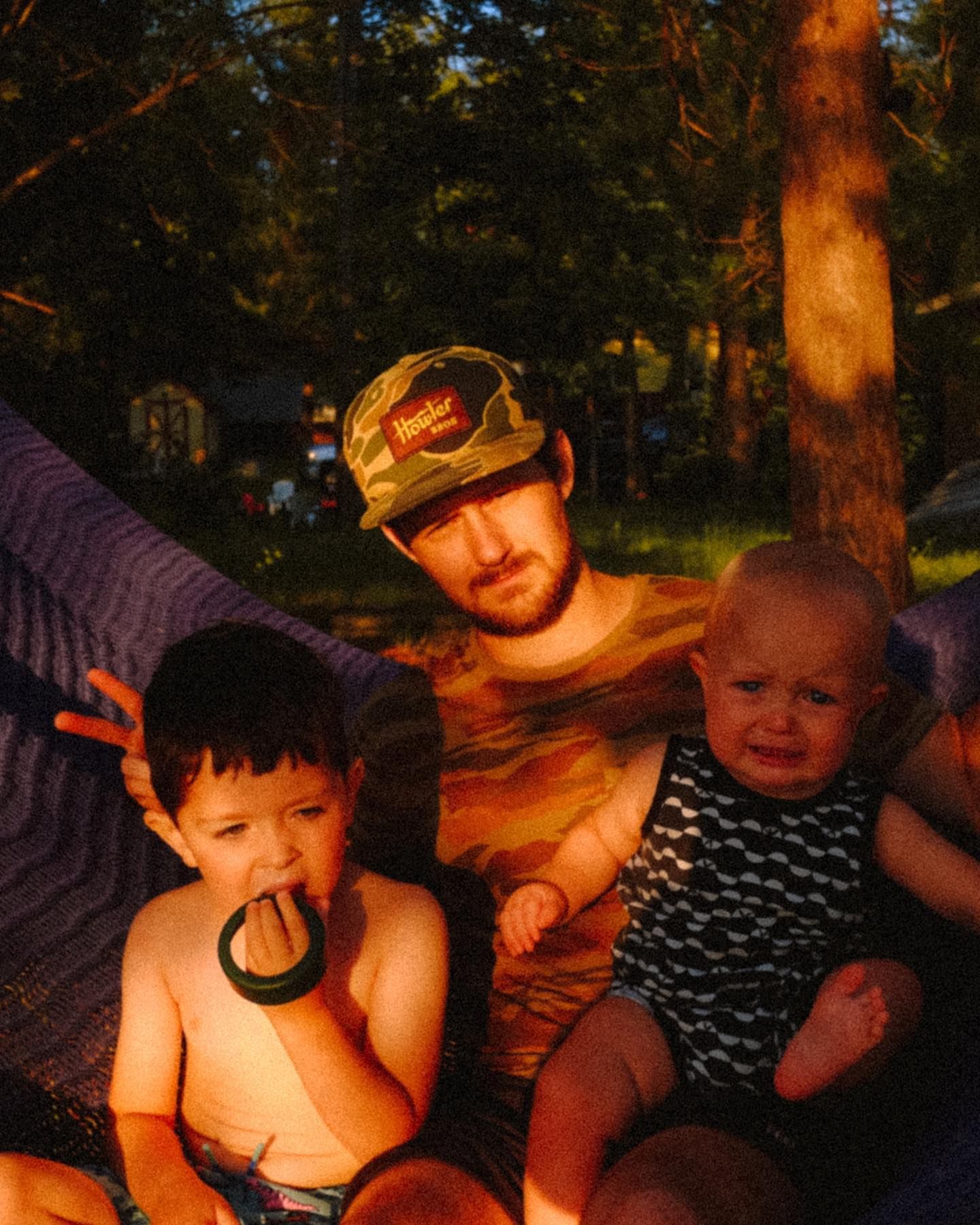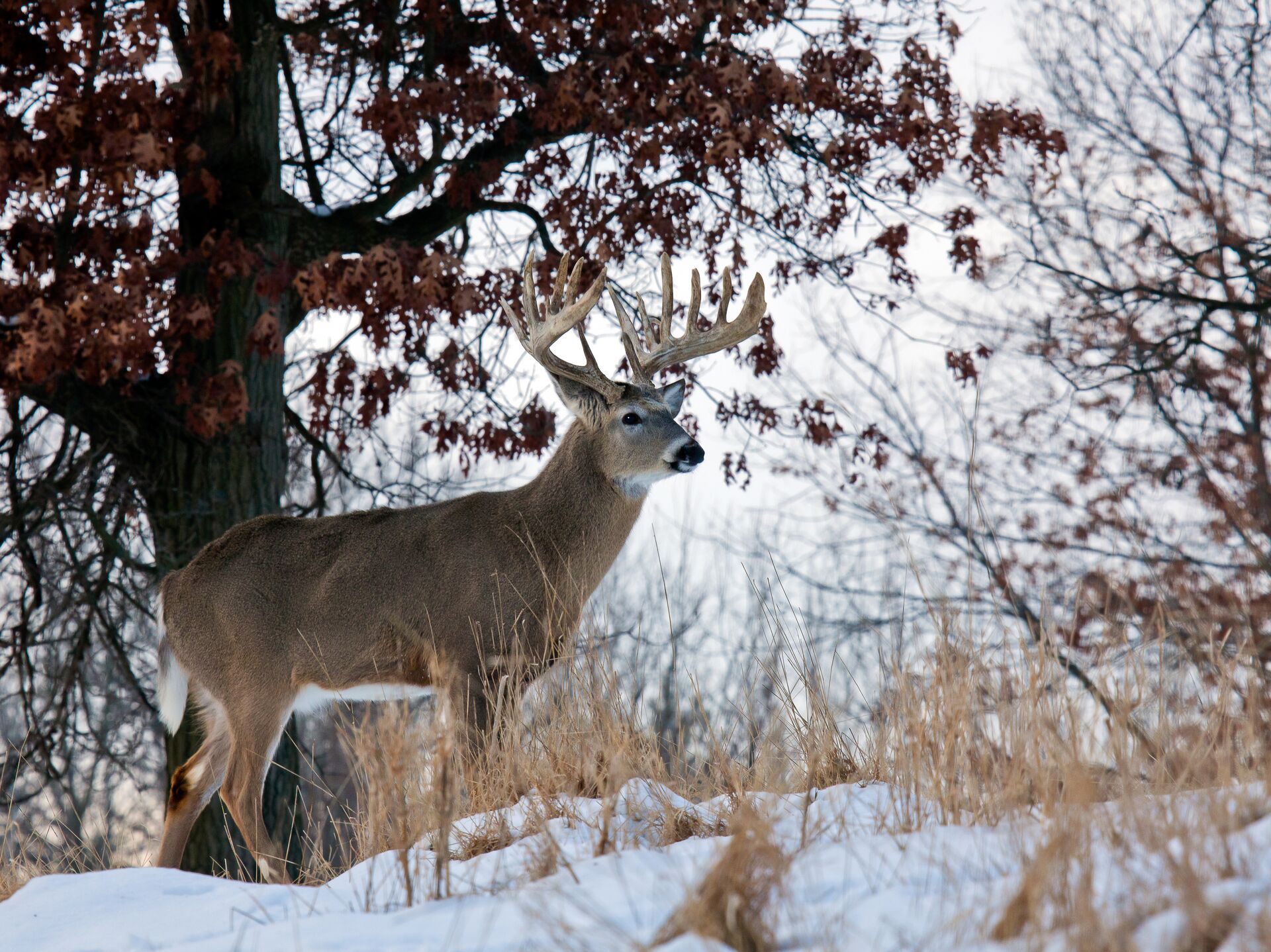Field Guide / Hunting Tips
7 Strategies For Hunting Whitetail In The Winter
Winter can be difficult and sometimes even frustrating for hunters. Deer movement begins to change drastically, conditions start to seem unbearable, and suddenly, that big buck on your trail camera is nowhere to be found.
Previous in Hunting Tips
More Content Like This
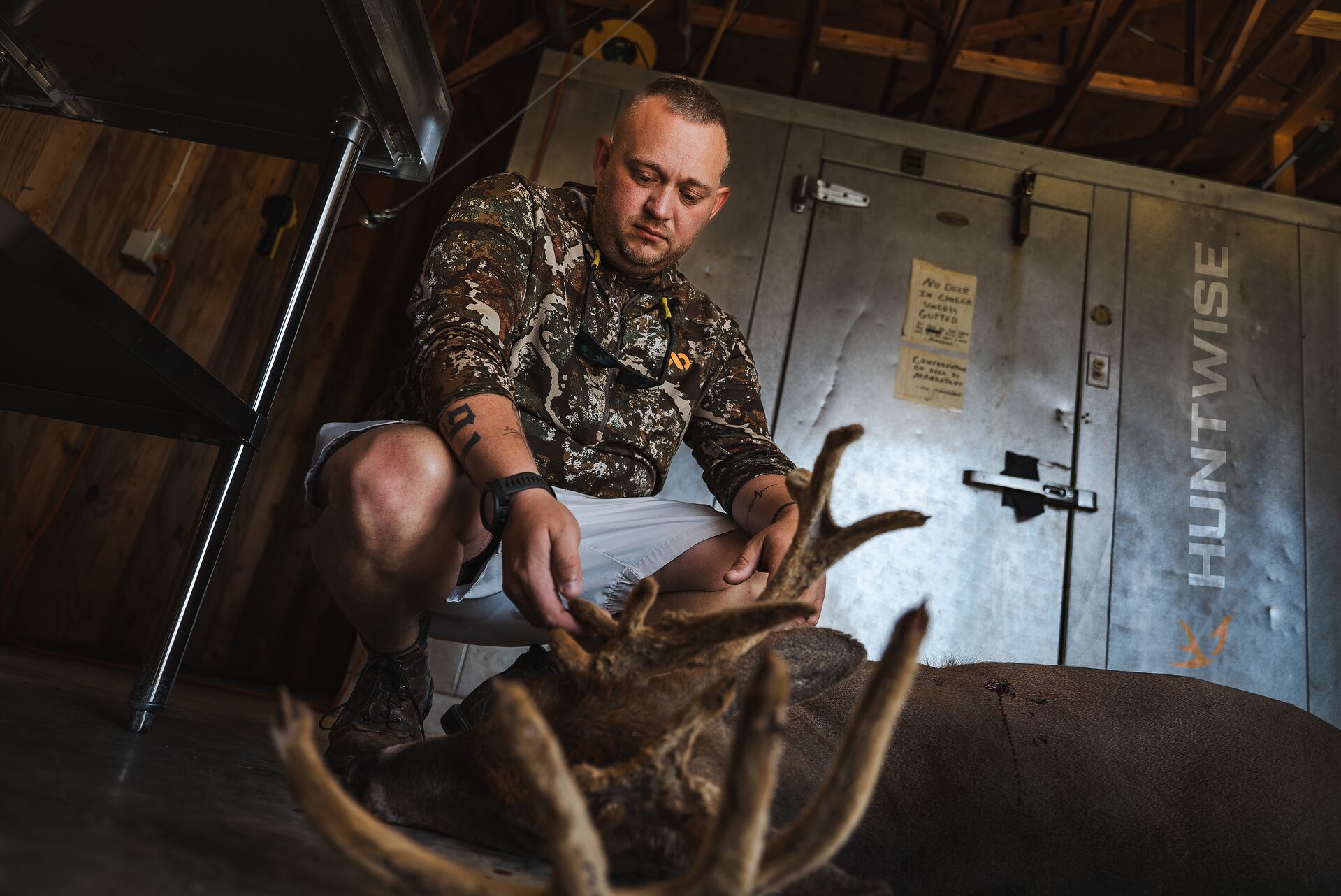
A Guide to Hunting Whitetail Before the Rut
For most people, the beginning of hunting season for whitetails comes with lots of anticipation, and everybody is eager to get out in the woods. However, it's not uncommon for hunters to go out once or twice and get discouraged, so they decide to jus...Read More
Read More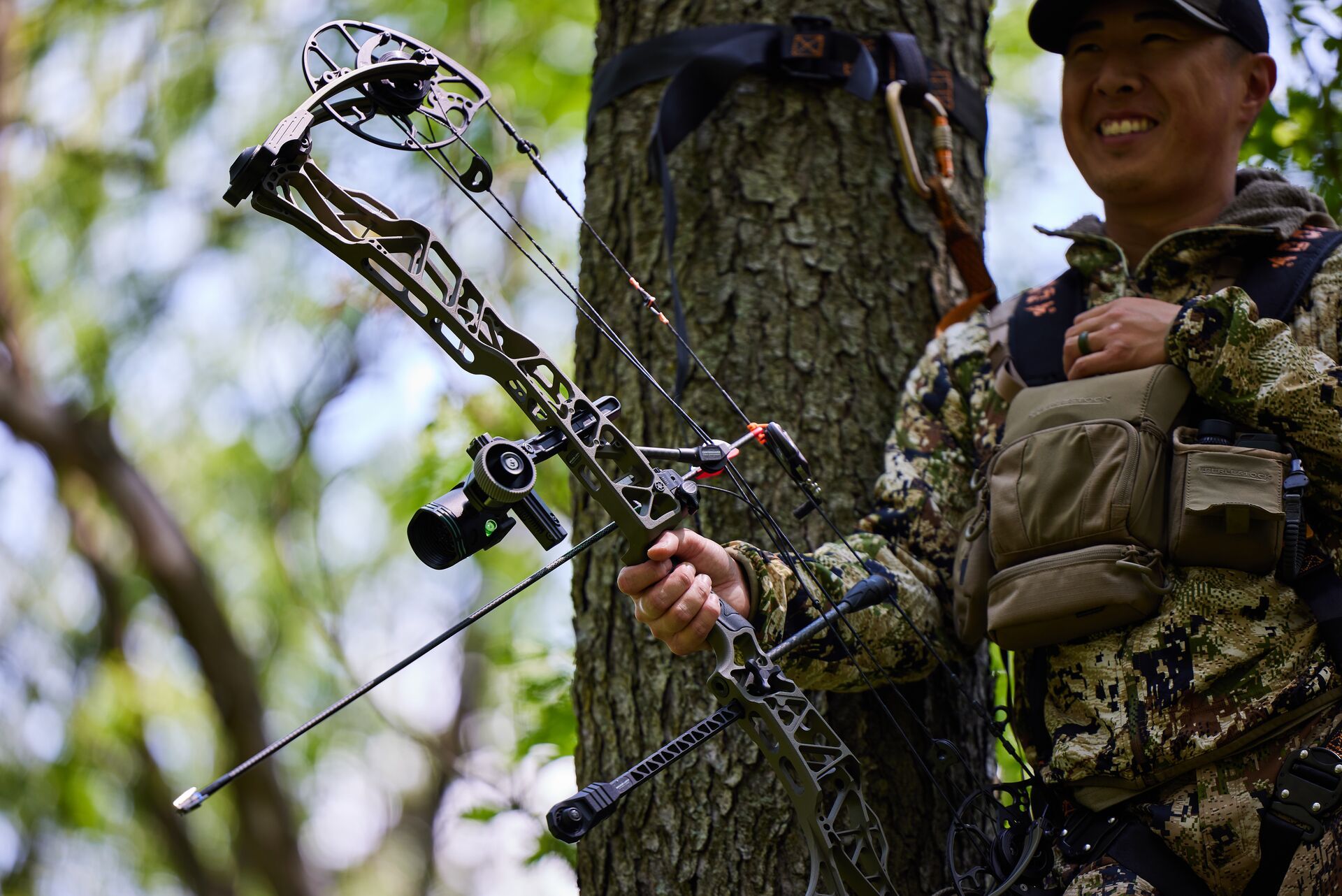
Indiana Deer Season: Everything You Need to Know About It
Trophy potential and a substantial deer population make Indiana a prime destination for hunters looking to take home a big whitetail in Hoosier. Read More
Read More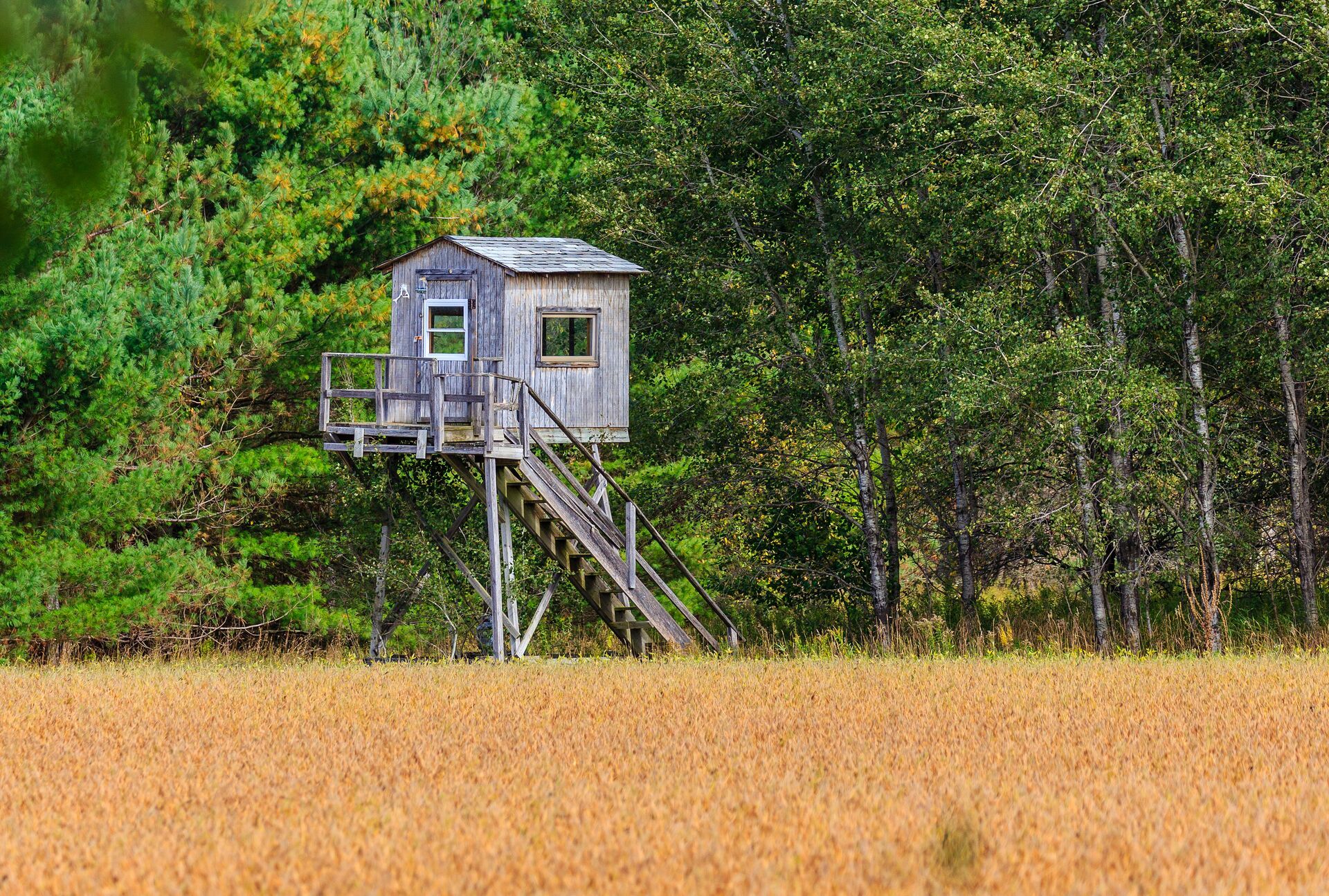
The Hunter's Guide To Louisiana Deer Season 2025
Whether it's the generous bag limits, large bucks, or diverse environments, Louisiana offers plentiful opportunities for both locals and hunters from out of state to make the most of the season and bag out in impressive natural environments. Read More
Read More Deer
DeerA Guide to Hunting Whitetail Before the Rut
For most people, the beginning of hunting season for whitetails comes with lots of anticipation, and everybody is eager to get out in the woods. However, it's not uncommon for hunters to go out once or twice and get discouraged, so they decide to jus...Read More
Read More Deer
DeerIndiana Deer Season: Everything You Need to Know About It
Trophy potential and a substantial deer population make Indiana a prime destination for hunters looking to take home a big whitetail in Hoosier. Read More
Read More Deer
DeerThe Hunter's Guide To Louisiana Deer Season 2025
Whether it's the generous bag limits, large bucks, or diverse environments, Louisiana offers plentiful opportunities for both locals and hunters from out of state to make the most of the season and bag out in impressive natural environments. Read More
Read More
1 of 3
